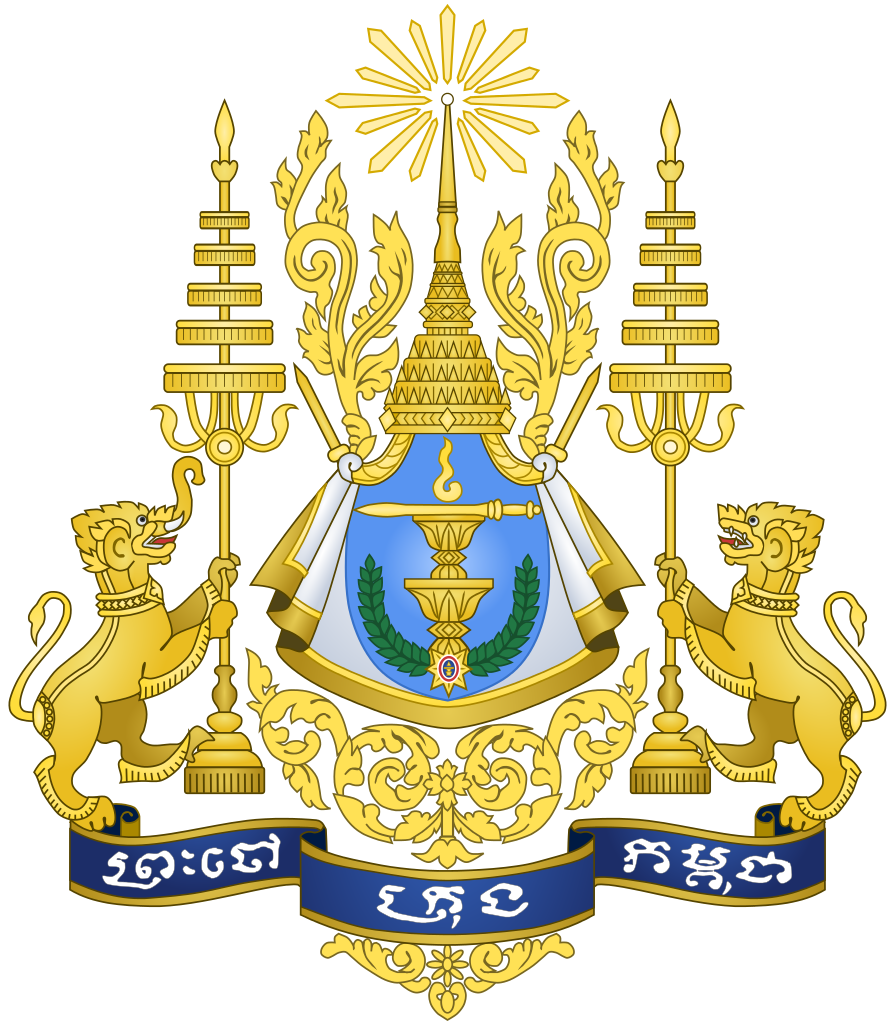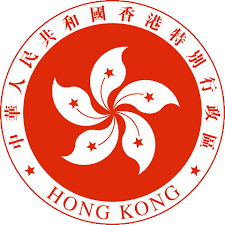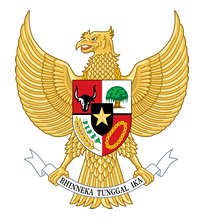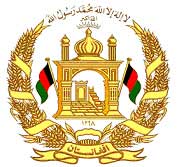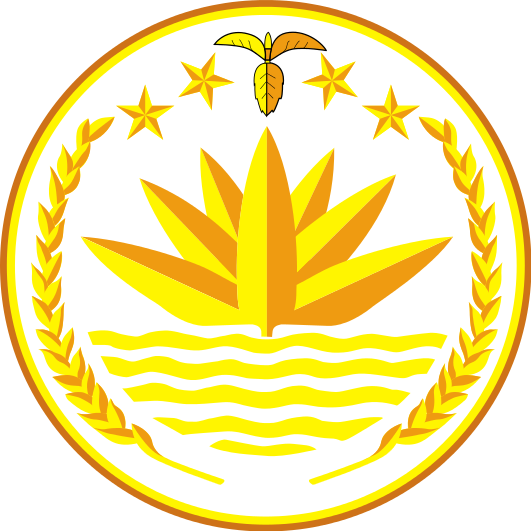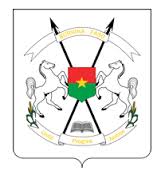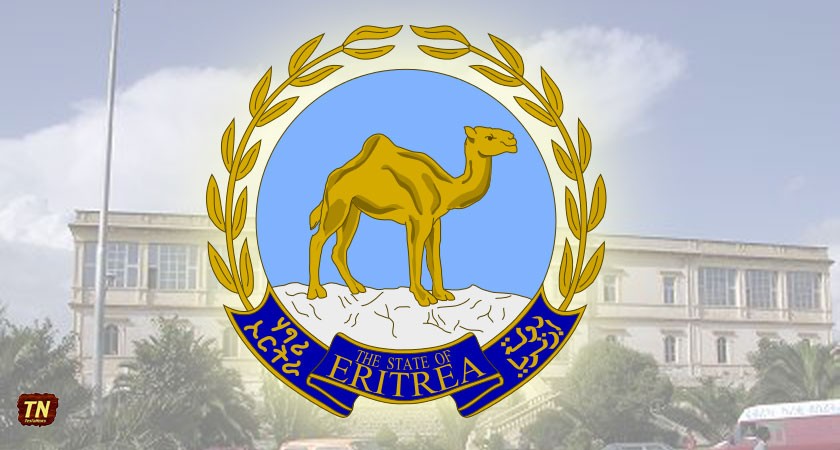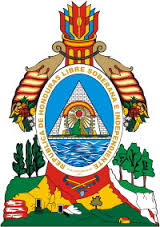Supreme People's Court China
The Supreme People's Court (Chinese: 最高人民法院; pinyin: Zuìgāo Rénmín Fǎyuàn) is the highest court in the mainland area of the People's Republic of China. Hong Kong and Macau, as special administrative regions, have their own separate judicial systems based on British common law traditions and Portuguese civil-law traditions respectively, and are out of the jurisdiction of the Supreme People's Court.
The court includes over 340 judges which meet in smaller tribunals to decide cases.
Source: Wikipedia



